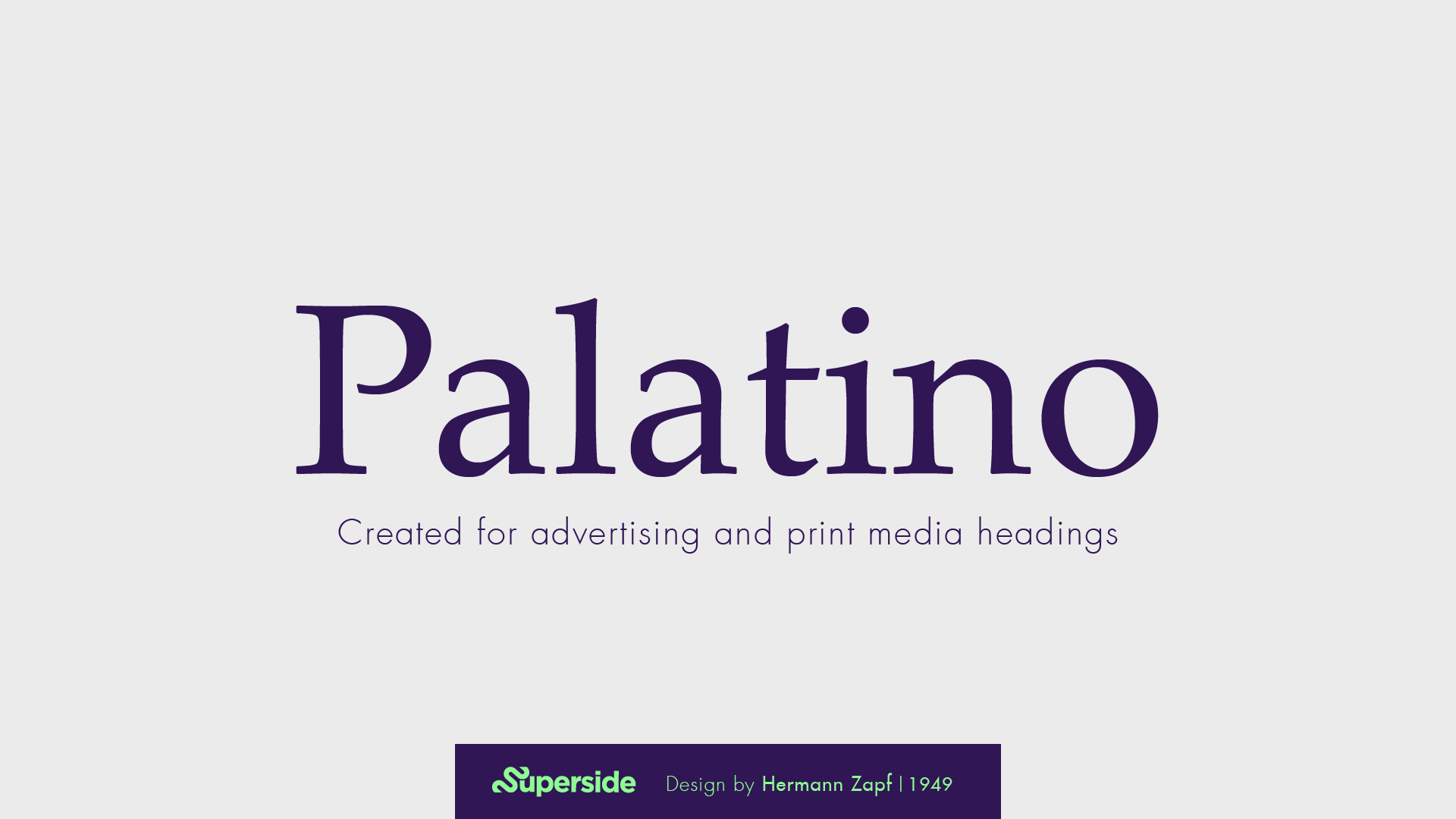


#8: Maintain maximum foreground/ background contrast.īe sure there is sufficient difference in tonal value between type and the background it appears against. Steps to take to define your fonts in your PowerPoint’s theme. By using preset fonts, it’s fast and easy to change the overall look and font of a presentation instantly!

Collectively, preset fonts, colors and templates/layouts are called “Themes”. But a template can also have pre-defined fonts…for the title and body of a slide. Most people work with templates for efficient and pre-set layouts for text and images. #7: Define your fonts in your Theme or Master.

Two presentations using Slab Serif fonts. They hold up well when projected and help promote a feeling of fresh design to any presentation. Often overlooked, these sturdy fonts- Lucida, Verdana, Tahoma, Calibri, and Segoe- reflect a no-nonsense feeling of strength and contemporary design. Script-based fonts are hard to read are best used sparingly on one or two words, or to send an informal image. They may be okay for the opening slide, but audiences will grow tired of them if they’re forced to read lots of text. Modern fonts may look cool, but they’re difficult to read and detract from the message. These are easier to read when projected.Īn example of a presentation with a headline in Garamond (Serif) vs. Instead, use Sans Serif fonts like Arial, Helvetica. But when projected, smaller serif fonts often blend together and look cluttered. The “Serifs” (frills) on the edges of the fonts help guide the eye along on paper. OTF fonts are cross-platform, so they’ll work well on Windows or Mac if you’re using Keynote.įonts like Times Roman, Garamond often look busy on screen. They’re easy to download, install and integrate into PowerPoint. The fonts are organized by style, with examples. #3 Check out This free site by Google is loaded with over 300 Open Type fonts (OTF) typefaces.


 0 kommentar(er)
0 kommentar(er)
